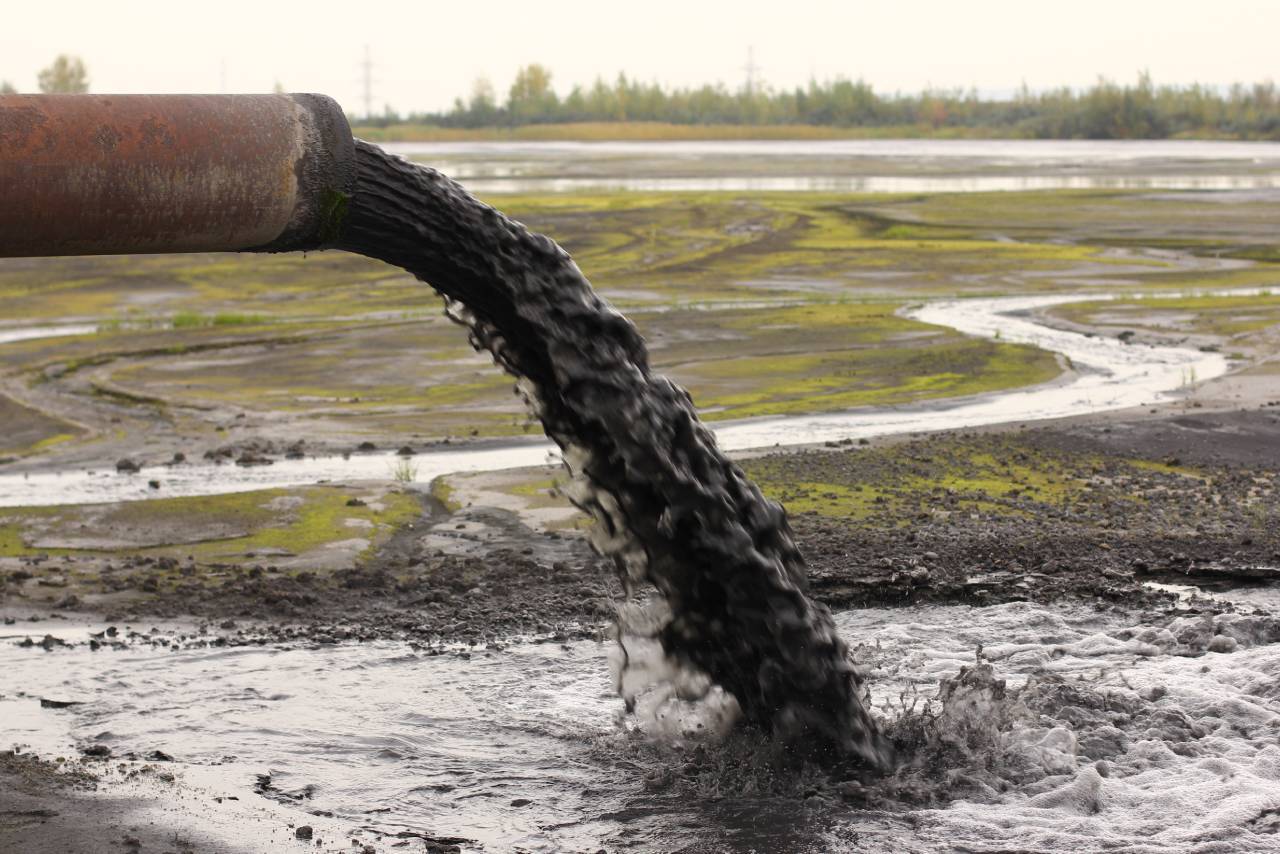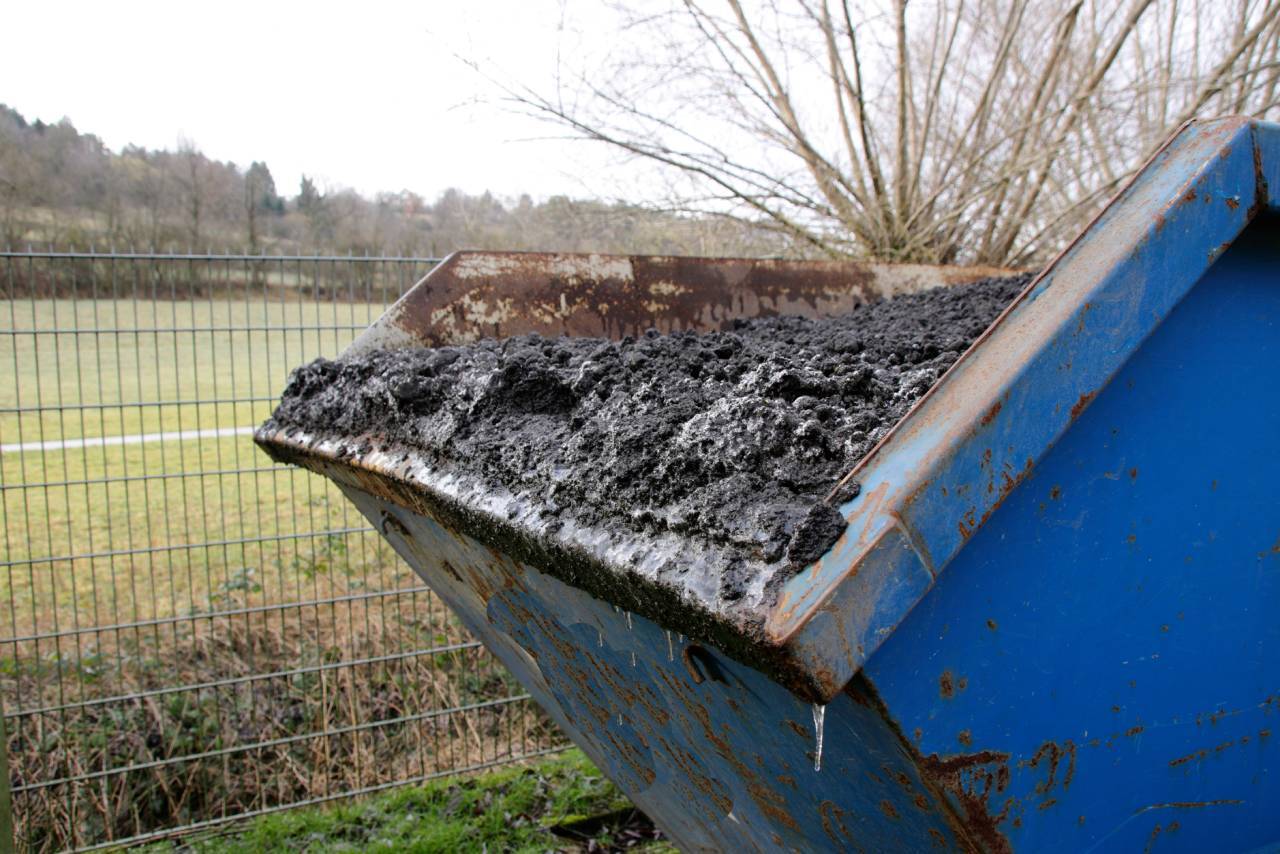Why Sludge Sampling Is Key for Wastewater Management
Effective wastewater management is a cornerstone of environmental protection and public health, and sludge sampling plays a crucial role in achieving these goals. Sludge sampling provides insights into the composition and characteristics of wastewater byproducts, guiding treatment strategies and regulatory compliance. Without accurate sampling, operators risk inefficiencies, environmental harm, and potential legal penalties. Read on and find out why sludge sampling is key for wastewater management.
Understanding Sludge Composition

Sludge sampling provides critical insights into the physical, chemical, and biological characteristics of wastewater byproducts. This information is essential for tailoring treatment processes to meet specific needs. Through sampling, the concentration of nutrients, contaminants, and organic matter present in the sludge can be determined. A thorough understanding of these properties enables operators to adjust treatment methods, providing both optimal efficiency and compliance with environmental standards.
Enhancing Treatment Efficiency
Accurate sludge sampling warrants that treatment plants operate at peak efficiency. By analyzing the sludge's properties, operators can determine the most effective treatment methods, whether biological, chemical, or mechanical. Adjusting processes based on real-time data minimizes energy consumption and resource use while maximizing performance. This reduces operational costs and environmental impact.
Monitoring System Performance
Regular sludge sampling allows wastewater facilities to monitor the performance of their treatment systems. Deviation in sludge characteristics can indicate problems like equipment malfunctions or process inefficiencies. Identifying such issues early through sampling helps prevent costly downtime and secures continuous, reliable operation.
Ensuring Regulatory Compliance
Compliance with environmental regulations is a top priority for wastewater management facilities. Sludge sampling provides the necessary data to comply with local, state, and federal discharge and disposal standards. Accurate records of sludge composition demonstrate adherence to legal requirements, avoiding fines and protecting the facility’s reputation.
Supporting Nutrient Recovery
Many wastewater treatment facilities aim to recover nutrients such as nitrogen and phosphorus from sludge. Sampling is key to identifying the concentration of these valuable resources, guiding recovery efforts. Effective nutrient recovery reduces waste and creates opportunities for beneficial reuse in agriculture, contributing to sustainability goals.
Reducing Environmental Impact
Improper sludge management can lead to significant environmental risks, such as groundwater contamination and air pollution. Sludge sampling minimizes these risks by guiding effective treatment and disposal strategies. By identifying hazardous materials or pollutants, operators can ensure that these substances are neutralized before disposal. Sampling also supports the development of eco-friendly disposal methods, such as land application or composting. Facilities that prioritize sludge sampling contribute to a cleaner, safer environment, enhancing their role as stewards of public health and natural resources.
Optimizing Sludge Thickening
Sludge thickening reduces the water content of sludge, making it easier and more cost-effective to handle. Sampling ensures that thickening processes are tailored to the specific characteristics of the sludge, maximizing efficiency. For example, knowing the solids concentration allows operators to adjust polymer dosages or centrifuge speeds accordingly. Accurate sampling prevents overuse of chemicals, reducing costs and environmental impact. Optimized thickening improves the overall performance of wastewater treatment systems, streamlining operations and lowering expenses.
Informing Dewatering Processes
Dewatering further reduces the volume of sludge by removing excess water, a critical step for disposal or resource recovery. Sludge sampling provides the data needed to optimize dewatering methods, such as belt presses or centrifuges. By understanding factors like water retention and particle size, operators can achieve higher efficiency and lower costs. For example, sampling might reveal that a particular sludge requires additional flocculants for effective dewatering. Accurate data ensures that facilities meet disposal regulations while minimizing logistical challenges.
Guiding Sludge Stabilization
Stabilization processes, such as anaerobic digestion or composting, reduce pathogens and odors in sludge, making it safer for disposal or reuse. Sampling is essential for monitoring the effectiveness of stabilization efforts. Indicators like pH, temperature, and volatile solids content provide insights into the progress of these processes. Regular sampling ensures that stabilized sludge meets safety and quality standards, enabling its use in applications like agriculture or land reclamation. Without accurate sampling, stabilization efforts risk falling short, undermining environmental and public health goals.
Managing Sludge Disposal
Sludge disposal is a challenging aspect of wastewater management, and sampling plays a key role in guaranteeing it’s done responsibly. Accurate data helps facilities determine the most appropriate disposal methods, from landfilling to incineration. Sampling also ensures compliance with disposal regulations, preventing environmental violations. For example, detecting high levels of heavy metals in sludge may require special treatment before disposal. By guiding safe and efficient disposal practices, sampling reduces costs and minimizes environmental harm.
Preventing Process Upsets
Unexpected changes in sludge characteristics can disrupt wastewater treatment processes, leading to inefficiencies or system failures. Sampling serves as an early warning system, identifying anomalies before they escalate. For instance, identifying a sudden spike in organic load might prompt adjustments to biological treatment processes. Proactive sampling reduces downtime and makes sure that treatment systems remain stable and effective, even when conditions change.
Supporting Research and Innovation
Sludge sampling generates valuable data that drives innovation in wastewater management. By analyzing trends and patterns, researchers can develop new technologies and processes to improve efficiency and sustainability. For example, sampling data might inform the design of advanced nutrient recovery systems or more effective treatment chemicals. Facilities that prioritize sampling contribute to the advancement of the entire industry, positioning themselves as leaders in sustainable wastewater management.
Improving Public Perception
Transparent sludge sampling practices demonstrate a facility’s commitment to environmental responsibility and public health. Sharing data with stakeholders, regulators, and the community builds trust and confidence in the facility’s operations. Public perception matters, especially in industries that directly impact the environment. A strong reputation for responsible management not only enhances community support but can also attract funding and partnerships.
Streamlining Data Management
Modern sludge sampling tools and techniques simplify data collection, analysis, and reporting. Automated systems provide real-time insights, reducing the need for manual testing and record-keeping. This efficiency allows facilities to focus on optimizing processes rather than managing data. Digital tools also facilitate sharing information with regulators or stakeholders, assuring transparency and accountability. Streamlined data management enhances the overall effectiveness of wastewater operations.
Utilizing Advanced Sludge and Sediment Sampling Tools

The effectiveness of sludge sampling depends on the quality of the tools used. Advanced sludge and sediment sampling tools provide accurate, consistent data that guides wastewater treatment processes. These tools are designed to withstand harsh conditions and deliver precise measurements, ensuring reliable results. Facilities that invest in high-quality equipment benefit from improved operational efficiency, regulatory compliance, and cost savings. By leveraging the latest sampling technologies, wastewater managers can optimize performance and protect the environment.
Now that you know why sludge sampling is key for wastewater management, you can appreciate its vital role in establishing system efficiency, regulatory compliance, and environmental protection. Implementing robust sampling strategies not only safeguards public health but also contributes to sustainable and cost-effective wastewater management.
Recent Posts
-
Key Soil Health Indicators Revealed by Sampling
Soil health is a critical pillar of sustainable agriculture and ecosystem stability. A thorough unde …March 31, 2025 -
Common Geotechnical Tests for Foundation Design
Geotechnical engineers utilize a variety of tests to evaluate soil and rock properties, verifying th …March 28, 2025 -
Soil Sampling in Extreme Environments: Method and Tools
Soil sampling in extreme environments presents unique challenges that require specialized methods a …March 25, 2025




